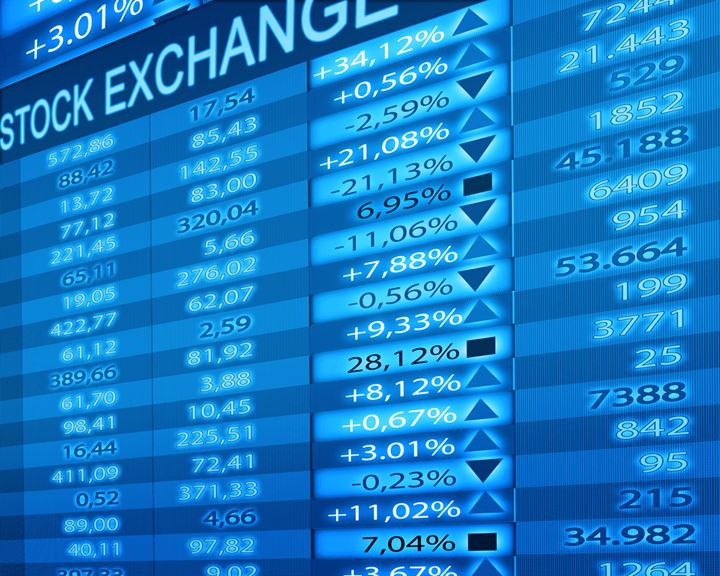If you are considering becoming an investor but are unfamiliar with the stock market, the world of finance can seem like a foreign language. Because your money is at stake, it is vital that you have a grasp of the terms you will come across as an investor. Here is a look at 10 common dividend stock terms that you need to know.
1. Dividend:
A payment made by a company to its shareholders. Payouts are usually distributed in cash or stock shares.
2. Dividend Yield:
A financial ratio, represented as a percentage, that shows the amount a company pays out in dividends each year relative to its share price.
3. Share Price:
Supply and demand has a great effect on the share price of a stock. Basically, the share price is the highest amount an investor is willing to pay for the stock, or the lowest amount that the stock can be purchased for.
4. Diversification:
In order to reduce risk or volatility, investors will invest in a variety of assets within a portfolio. The reasoning for this risk management strategy is that a portfolio of different assets will have a higher yield on returns and be a lower risk than any single asset found within a portfolio.
5. Mutual Fund:
A mutual fund is a collection of stocks and/or bonds that invest in companies that pay dividends. A group of investors invests their money in a company’s stocks, bonds, and other securities. Each investor involved will own shares. These shares owned by the investor represents a fraction of the holdings of the fund.
6. Net Asset Value (NAV):
A mutual fund’s price per share or exchange traded fund’s (ETF) per-share value. In regard to mutual funds, NAV per share is figured once a day and is determined by the closing market prices of the securities in the fund’s portfolio. ETF’s, however, trade like stocks at market value, which can be either a dollar value above (trading at a premium) or below (trading at a discount) NAV.
7. Arbitrage:
This term is recognized as the practice of taking advantage of a price difference between two or more markets in order to profit from the difference. The profit is the difference between the market prices.
8. Day Trader:
A trader who practices this trading style buys and sells stocks and other financial instruments within the same trading day. Then, everything will be closed before the market close of the trading day.
9. Expense Ratio:
This ratio is the yearly fee that all funds or exchange trade funds charge their shareholders. The annual calculation is determined by dividing a fund’s operating expenses by the average dollar value of its assets under management. Operating expenses are deducted from a fund’s assets and return to a fund’s investors is lowered.
10. Return of Capital (ROC):
A return from an investment that is not viewed as income. ROC is money an investor has in an asset paid back to the investor. The payback decreases the investment’s value.
Featured Image: depositphoto/gunnar3000
Posted on May 22, 2023



